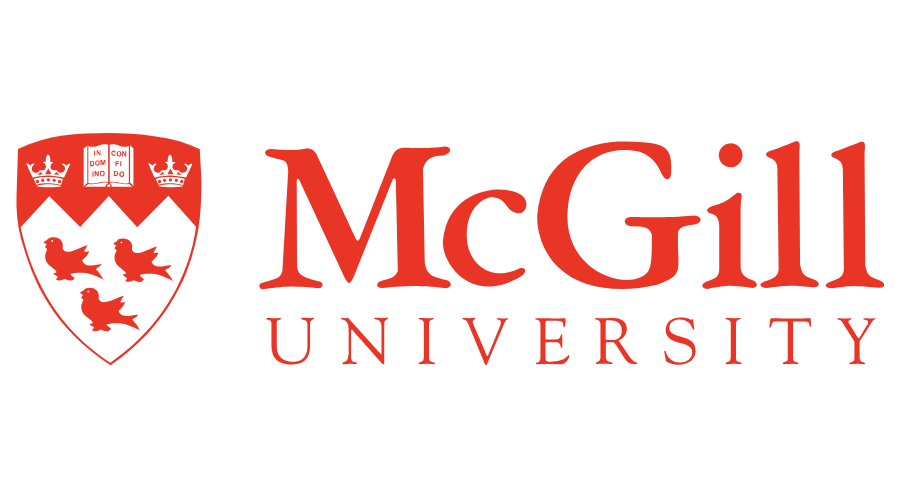Mapping the Dynamics of Bilingual Conversational Topics with Network Science
Welcome/bienvenue to my poster!
------------------------------------------------------------
My name is Mehrgol (mare-goal - she/her) and I am a doctoral candidate working with Dr. Debra Titone at McGill University. My research examines the intersection of social and cognitive psychology, bilingualism, and computational methods in network analysis.
I look forward to answering your questions via Zoom on Monday, August 10 from 3:30-4:45 PM.
If you're interested in this work, you can read our recently published paper in the Journal of Neurolinguistics here and follow me on Twitter to keep up with new updates on this project.
Thanks for visiting!
-------------------------
To view the poster, click on the 'Presentation' button under my photo.
To send an email, click on the 'Email' button under my photo.
To ask a question via Zoom, click on the 'Zoom' button below.
Mapping the Dynamics of Bilingual Conversational Topics with Network Science
Recent work has sought new methods to evaluate and characterize how people differentially use language across different communicative contexts. These differences have thus far been linked to changes in cognitive control strategy, reading behavior, and brain organization. Here, we leverage two themes of Complex Dynamics (mathematical foundations and group dynamics) by using a novel application of Network Science to map the conversational topics that Montréal bilinguals discuss across communicative contexts (e.g., work, home, family, school, social), in their dominant vs. non-dominant language. Our results demonstrate that communicative contexts display a unique pattern in which conversational topics are discussed, but only a few communicative contexts (work and social) display a unique pattern of how many languages are used to discuss particular topics. We also demonstrate that the dominant language has greater network size, strength, and density than the non-dominant language, suggesting that more topics are used in a wider variety of contexts in this language. Lastly, using community detection to thematically group the topics in each language, we find evidence of greater specificity in the non-dominant language than the dominant language. We contend that Network Science (mathematical foundations) is a valuable tool for representing complex individual differences in bilingual language use (group dynamics), in a rich and granular manner, that may be used to better understand brain and behavior.


